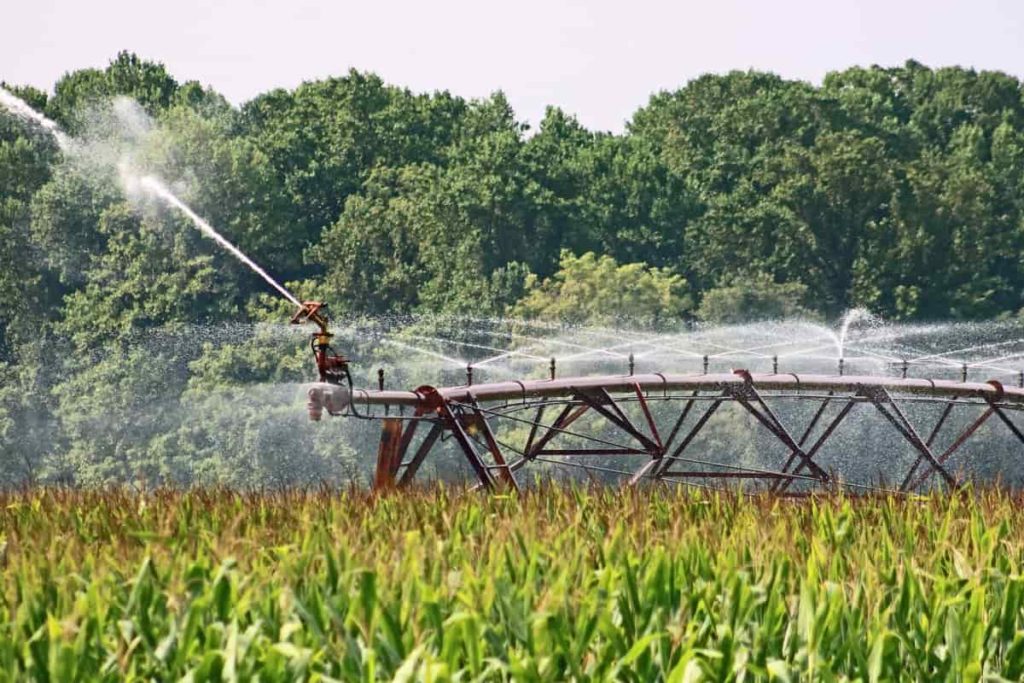Other Crops Farmers Community
Crop storages: The Key to Effective Agricultural Management
- This topic is empty.
- AuthorPosts
- March 11, 2025 at 11:07 pm #590533
 Agric4ProfitsKeymaster
Agric4ProfitsKeymaster
In the world of agriculture, the importance of crop storages cannot be overstated. As the global population continues to rise and the demand for food increases, ensuring that harvested crops are properly stored becomes crucial.
Crop storage facilities protect produce from spoilage, pests, and weather conditions, allowing farmers to extend the shelf life of their harvests and ensure that they remain accessible throughout the year.
The right kind of crop storage can make the difference between a successful harvest and a loss of valuable food resources. This article will explore the different aspects of crop storage, from types to benefits, and how effective storage methods contribute to sustainable farming practices.
1. Types Of Crop Storage
There are various types of crop storage systems, each designed to address specific needs depending on the crop type and the region in which they are grown.
The most common types of crop storage include traditional methods, like silos and barns, and modern, high-tech systems, such as climate-controlled warehouses and refrigerated storage units. Silos, which are often used for grains, offer protection against moisture and pests.
Meanwhile, refrigerated storage is ideal for perishable goods like fruits and vegetables, where temperature control is critical. By selecting the right storage method for their crops, farmers can minimize losses and preserve the quality of their harvests.
2. Importance Of Proper Ventilation In Crop Storage
Proper ventilation plays a significant role in crop storages. Crops such as grains, legumes, and tubers require specific airflow to avoid the growth of mold, mildew, and bacteria.
Without adequate ventilation, crops can become damp, leading to mold growth, which can compromise their nutritional value and safety. Proper air circulation ensures that moisture levels are controlled and that temperature fluctuations are minimized.
Therefore, farmers must invest in ventilation systems that regulate air movement and keep crops dry and cool, which significantly prolongs the shelf life of stored produce.
3. Pest Control Measures For Crop Storage
Pest infestation is a major threat to stored crops. Insects, rodents, and other pests can damage stored crops, leading to significant losses. Effective pest control is essential in crop storages to ensure that the quality of produce is maintained.
This can be achieved through a variety of means, including the use of natural deterrents like neem oil, or the installation of physical barriers like mesh nets. Modern crop storage facilities also use chemical fumigation and integrated pest management techniques to control pest populations.
Additionally, regular inspections and maintenance of storage units are necessary to prevent pest infestations from taking hold.
4. The Role Of Temperature And Humidity Control
Temperature and humidity control are vital elements in crop storage. Crops such as fruits, vegetables, and grains are highly sensitive to fluctuations in temperature and humidity levels.
When stored improperly, these crops can spoil, lose their nutritional value, or even become unsafe to consume. Temperature control helps to slow down the ripening process in fruits and vegetables, while humidity control reduces the chances of mold and fungal growth.
With advanced technologies like automated temperature and humidity regulators, farmers can maintain ideal conditions in crop storage, ensuring that produce remains fresh and safe for consumption.
5. Benefits Of Crop Storage For Farmers And Consumers
Effective crop storage brings numerous benefits not only to farmers but also to consumers. For farmers, proper storage extends the harvest season, allowing them to sell their crops at market prices when supply is low, maximizing their profits.
Storage also provides a buffer against poor weather conditions or unexpected crop failures, ensuring food security. For consumers, it means a steady supply of fresh produce throughout the year, even when certain crops are out of season.
Ultimately, crop storages help stabilize food prices and reduce food waste, benefiting both the agricultural industry and the broader community.
Crop storages play a pivotal role in modern agriculture by ensuring that harvested crops remain viable for longer periods. With the increasing challenges posed by climate change and population growth, crop storage methods are more important than ever.
By choosing the right storage options, employing effective pest control measures, and managing environmental factors such as temperature and humidity, farmers can preserve the quality of their crops.
Ultimately, investing in proper crop storage systems helps to safeguard food supplies and contributes to the long-term sustainability of agriculture.
Read Also: Cropping System in Agriculture: Enhancing Productivity and Sustainability
- AuthorPosts
- You must be logged in to reply to this topic.

